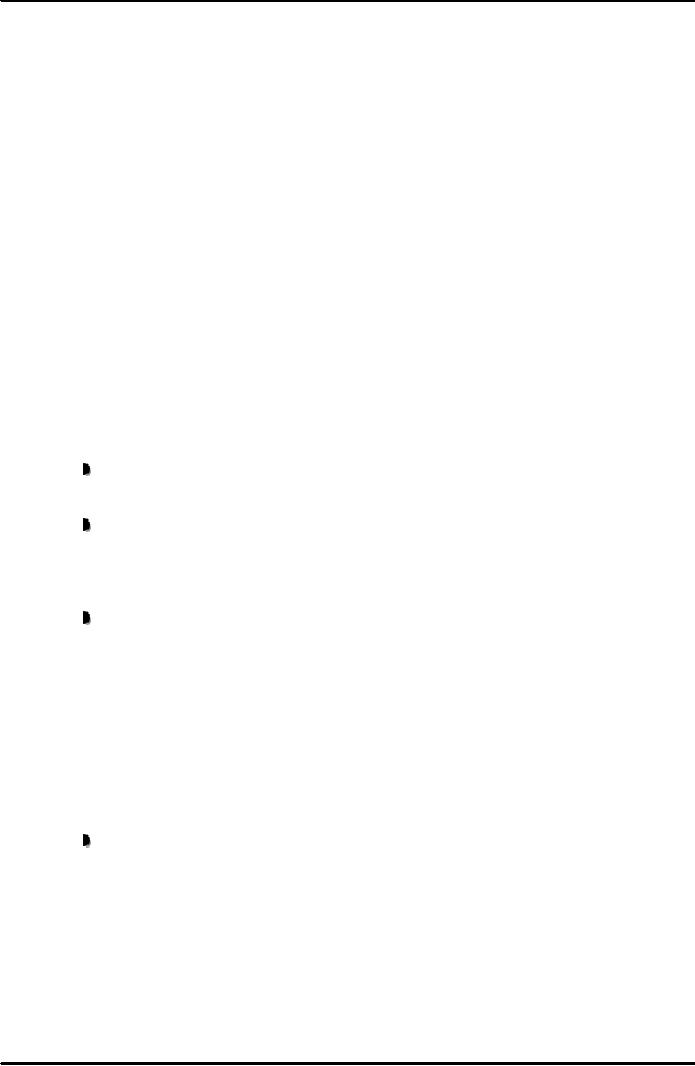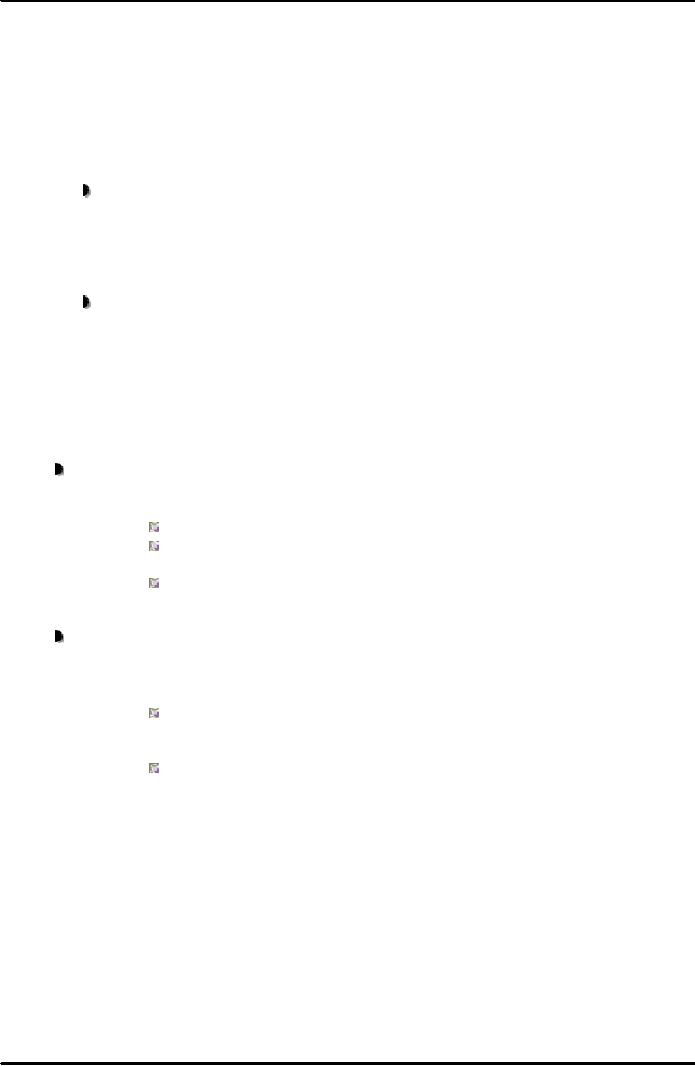 |
ELECTRONIC TRANSACTIONS ORDINANCE, 2002 - 1 |
| << BARRIERS TO INTERNATIONAL E-COMMERCE |
| ELECTRONIC TRANSACTIONS ORDINANCE, 2002 - 2 >> |

E-COMMERCE
IT430
VU
Lesson
41
ELECTRONIC
TRANSACTIONS ORDINANCE, 2002
(ETO) (CONTINUED....)
Generally
speaking the term `Appropriate authority'
includes the five legislative
assemblies (national
assembly
and four provincial
assemblies), the federal government and
four provincial governments,
the
Supreme
court of Pakistan and four
High courts, and any
statutory body working in relation to
the
functions
of federal or provincial governments. A
statutory body is a body/organization
established under
some
statute/law. For example, the Lahore
Development Authority (LDA) is a
statutory body established
under the Lahore
Development Act, 1975 (a
provincial statute).
The
Constitution of Islamic Republic of Pakistan,
1973 is the supreme law of the country,
which means that
every
other law in Pakistan has to
confirm to the terms of the constitution.
It contains two legislative
lists at
its
end, that is, the Federal
legislative list and Concurrent
legislative list. The federal
legislative list sets
out
those
items/subjects on which only the
federal legislature can make
laws such as the subject
related to
defense
of Pakistan and armed forces
etc. On the other hand,
matters contained in concurrent legislative
list
are
those on which both the
federal and provincial
legislature can enact/make laws,
such as the subject
related
to marriage and divorce
etc.
Section
6 of the ETO lays
down the conditions for
validly retaining a document in electronic form
as
follows:
"6.
The requirement under any law
that certain document,
record, information, communication
or
transaction
be retained shall be deemed
satisfied by retaining it in electronic form if
:
The
contents of the document, record,
information, communication or transaction
remain
accessible
so as to be usable for subsequent
reference;
The
contents and form of the
document, record, information,
communication or
transaction
are as originally generated,
sent or received, or can be
demonstrated to
represent
accurately the contents and
form in which it was
originally generated, sent
or
received;
and
such
document, record, information,
communication or transaction, if any, as
enables the
identification
of the origin and destination of
document, record,
information,
communication or
transaction and the date and
time when it was generated, sent
or
received,
is retained."
Note
that basically the conditions
for validly retaining a document in electronic
form are that
such
document
must be accessible for
subsequent reference, it should reliably
be comparable with its
original
form
and its origin and
destination is identifiable as also the
date and time of its
generation.
Section
7 of the ETO provides
legal recognition to electronic
signatures and advanced
electronic
signatures
in following terms:
"7.
The requirement under any law
for affixation of signatures
shall be deemed
satisfied
where
electronic signatures or advanced electronic
signatures are
applied."
Note
that a presumption of truth is attached
to advanced electronic signatures, which
means that a court
should
assume that an advanced electronic
signature was validly
executed, and the burden to
prove
otherwise
would be on the party that denies
its execution. The difference between an
electronic signature
and
advanced electronic signature does
not seem to be clear in ETO.
It appears that an advanced
electronic
signature
involves an accredited certification
service provider, whereas an electronic
signature can be
executed
without its help to prove
authenticity and/or
integrity.
Legal
documents are ordinarily required to be
written/typed on printed papers
which one has to
purchase
for
certain value under the law,
that is, Stamp Act,
1899. Similarly, the Qanoon-e-Shahadat
Order, 1984 (the
165

E-COMMERCE
IT430
VU
main
law of evidence in Pakistan)
also generally requires each
executed document to be witnessed by at
least
two
male witnesses. Copies of
certain documents can be notarized
also, which would mean
that a copy can
be
signed/stamped by a duly appointed
person called notary public
confirming that the copy
relates to a
particular
original document.
By
virtue of Sections
10 and 11 of the ETO, the
stamp duty and the requirement
of
attestation/notarization
has been waived for a
period of two years or till
such time the provincial
governments
devise appropriate measures. For
convenience the two sections
are reproduced as under:
"10.
Notwithstanding anything contained in the
Stamp Act, 1899 (II of
1899), for a period
of two
years from the date of
commencement of this Ordinance or till the time
the
Provincial
Governments devise and implement appropriate
measures for payment
and
recovery
of stamp duty through electronic
means, whichever is later, stamp
duty shall not
be
payable in respect of any instrument
executed in electronic form."
"11.
Notwithstanding anything contained in any
law for the time being in force,
no
electronic document
shall require attestation and
notarization for a period of
two years
from
the date of commencement of this Ordinance or
till the time the appropriate
authority
devise and implement measures
for attestation and notarization of
electronic
documents,
whichever is later."
Section
13 of the ETO talks
about as to who would be
deemed/supposed to have sent an
electronic
communication. It
is given as follows:
"13.
(1) Unless otherwise agreed
as between an originator and the
addressee, an electronic
communication
shall be deemed to be that of the
originator if it was
sent:
By the
originator himself;
By a
person who had the authority
to act for and on behalf of the
originator in
respect
of that electronic communication; or
By an
automated information system
programmed by, or on behalf of the
originator.
Unless
otherwise agreed as between the
originator and the addressee, the
addressee is to regard
an electronic
communication as being that of the originator,
and is entitled to act on
that
assumption
if:
The
addressee has no reason to
suspect the authenticity of the
electronic
communication;
or
There do
not exist any circumstances
where the addressee knows, or
ought to
have
known by exercising reasonable
care, that the electronic
communication
was
not authentic."
Note
that an electronic communication would be
deemed to be sent by an originator, if
the originator
himself, or
his attorney/representative or his
automated information system
sends the same. The
addressee
is
entitled to treat it as the communication of the
originator if there exist no
reason for a
suspicion.
166
Table of Contents:
- E-COMMERCE
- WHAT IS A NETWORK
- HOW MANY CLASS A, B, C NETWORKS AND HOSTS ARE POSSIBLE
- NETWORKING DEVICES
- BASICS OF HTML 1
- BASICS OF HTML 2
- TEXT BOXES, CHECK BOXES, RADIO BUTTONS
- FRAMES AND IMAGES IN HTML
- TAG ATTRIBUTES, SOUNDS FILES, ANIMATIONS
- STYLE SHEETS 1
- STYLE SHEETS 2
- SOME USEFUL STYLE SHEETS PROPERTIES
- JAVA SCRIPTING 1
- JAVA SCRIPTING 2
- JAVA SCRIPTING 3
- JAVA SCRIPTING AND XML
- CLIENT AND SERVER SIDE PROCESSING OF DATA
- APPLETS, CGI SCRIPTS
- MAINTAINING STATE IN A STATELESS SYSTEM
- INTEGRATION WITH ERP SYSTEMS
- FIREWALLS
- CRYPTOGRAPHY
- HASH FUNCTION AND MESSAGE DIGEST
- SYMMETRIC KEY ALGORITHMS
- VIRTUAL PIN PAYMENT SYSTEM
- E-CASH PAYMENT SYSTEM 1
- E-CASH PAYMENT SYSTEM 2
- SECURE SOCKET LAYER (SSL)
- E-BUSINESS: DISADVANTAGES OF E-BUSINESS
- E-BUSINESS REVENUE MODELS
- E-MAIL MARKETING
- CUSTOMER RELATIONSHIP MANAGEMENT (CRM)
- META INFORMATION
- DATA MINING
- CONFIDENCE AND SUPPORT
- ELECTRONIC DATA INTERCHANGE (EDI)
- PERSONAL FINANCE ONLINE
- SUPPLY CHAIN
- PORTER’S MODEL OF COMPETITIVE RIVALRY
- BARRIERS TO INTERNATIONAL E-COMMERCE
- ELECTRONIC TRANSACTIONS ORDINANCE, 2002 - 1
- ELECTRONIC TRANSACTIONS ORDINANCE, 2002 - 2
- ELECTRONIC TRANSACTIONS ORDINANCE, 2002 - 3
- GLOBAL LEGAL ISSUES OF E-COMMERCE - 1
- GLOBAL LEGAL ISSUES OF E-COMMERCE - 2